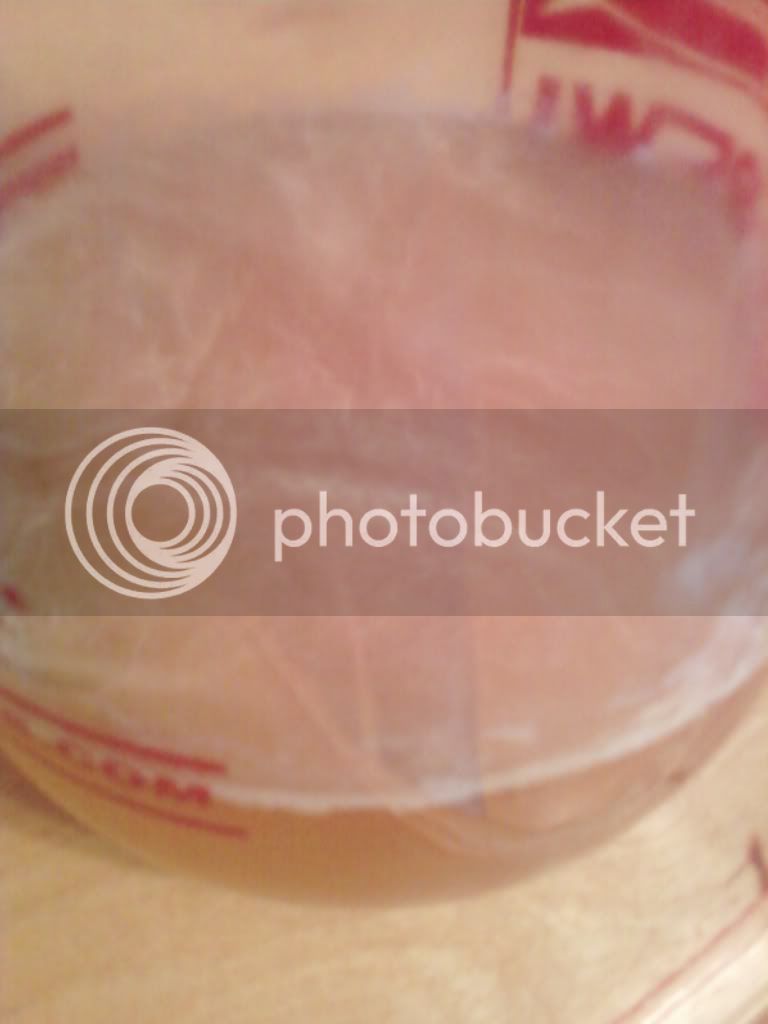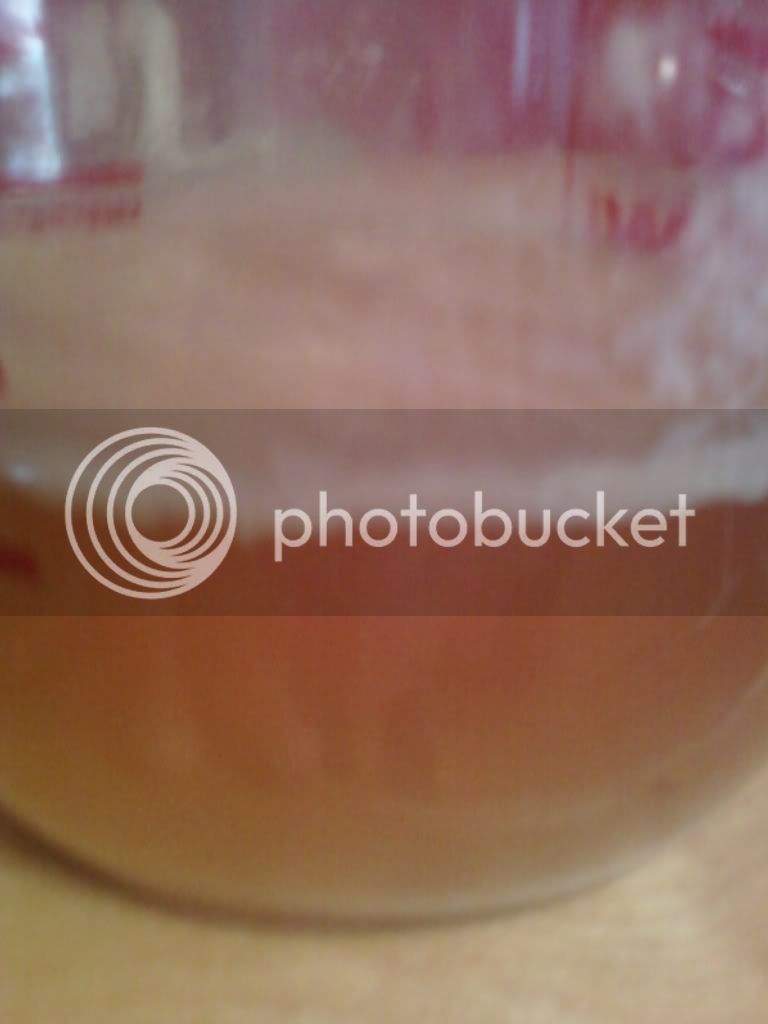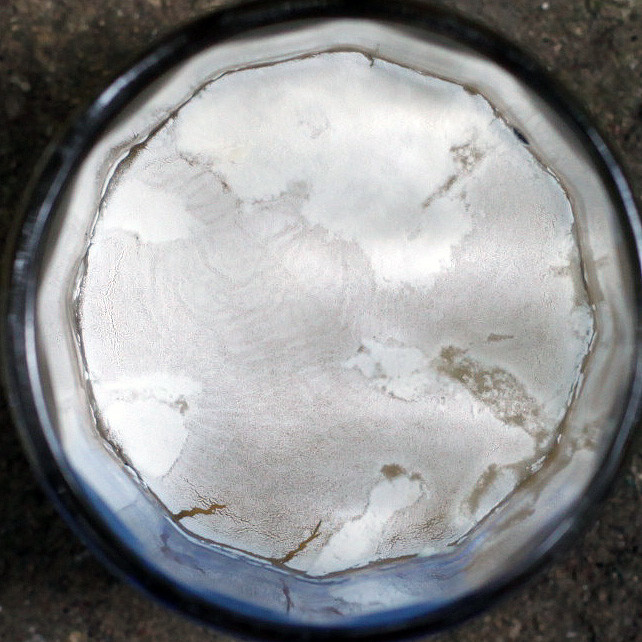AN_TKE
Well-Known Member
I have been reading this thread (and the yeast handling and storage essay) for a couple of hours but still have a question about the yeast storage/propogation issue. I understand that any "stow away" may overcome the "target" yeast if it is not stored as described, but what would happen if you were to take a pitching sized sample from the first brewed batch and store in a steralized vile? Then the next time you want to brew with the wild yeast (which should be nearly immediately!) you will be ready to go without needing to to through the starter steps. Each successive batch could be inoculated from the previous batch's yeast mat. Right?
Once the yeast is used to brew a batch, has it become isolated enough (eliminated other bugs or bacteria) to prevent it's destruction by other species in a storage vile? Are the other species still present?
Sorry if this question has already been answered, but I can't find it exactly....
Thanks!
Once the yeast is used to brew a batch, has it become isolated enough (eliminated other bugs or bacteria) to prevent it's destruction by other species in a storage vile? Are the other species still present?
Sorry if this question has already been answered, but I can't find it exactly....
Thanks!












